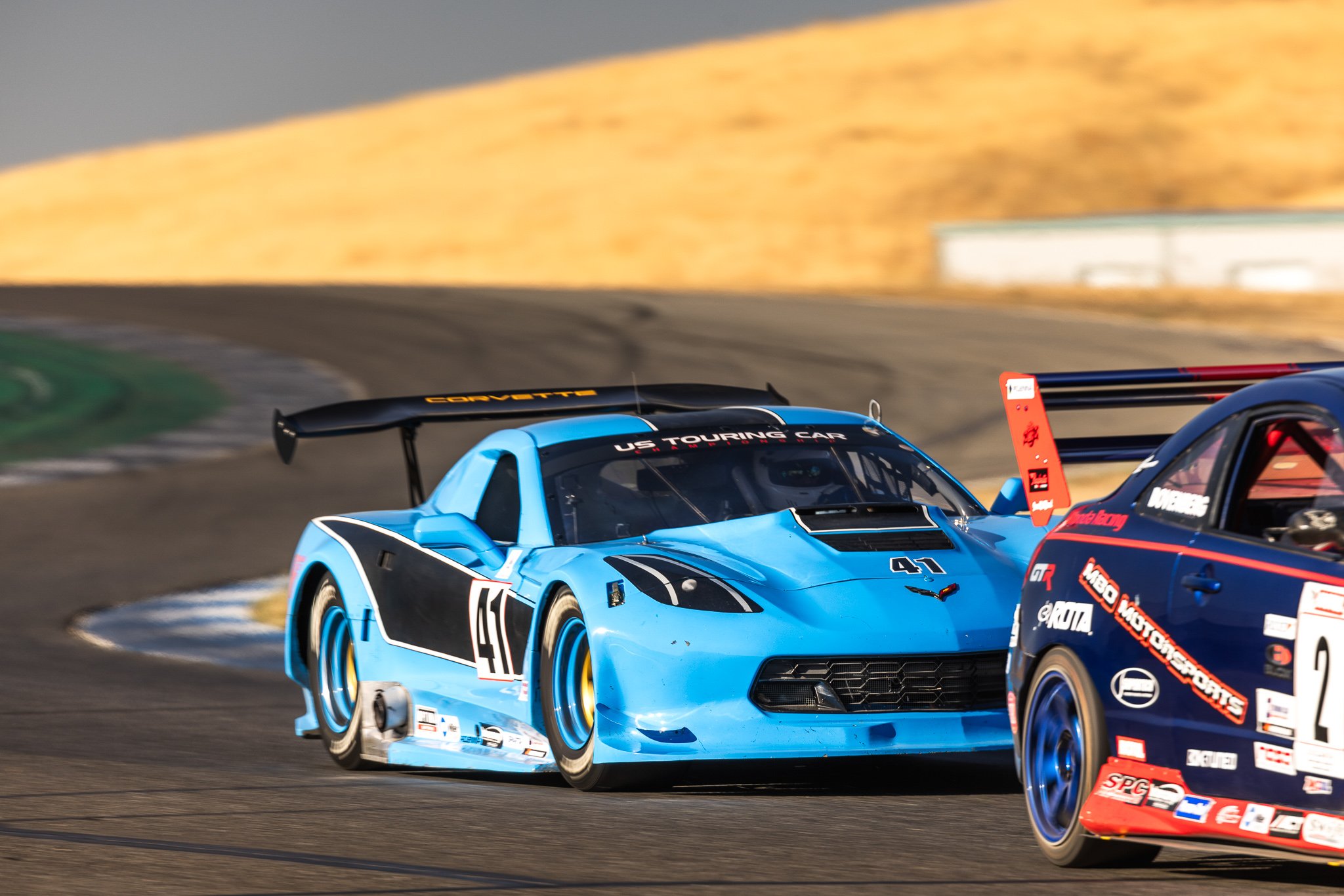
SpeedSF Blog
Every Build Has a Story – Meet the Cars of SpeedSF

Cayman Proves Potent: Speed SF Wins At Laguna In NASA E0
Patrick and Gary had only one endurance race to test their newly acquired E0-class Cayman. The potential was there, but drivetrain gremlins and excessive tire wear left them a little worried before heading into their second race of the season: the 6.5-hour Seaside Cup at Laguna Seca. Did their preparation pay off?

Jerel's MKV Supra: Pressing the Easy Button
After tracking momentum cars for more than a decade, Jerel wanted something new. He decided to make the leap into a powerful GT, which, with three times the power of his FR-S, posed a steep learning curve—or so he thought. While the driving experience was different, he found that the usability and soft edges of the new Toyota GT made switching a cinch.
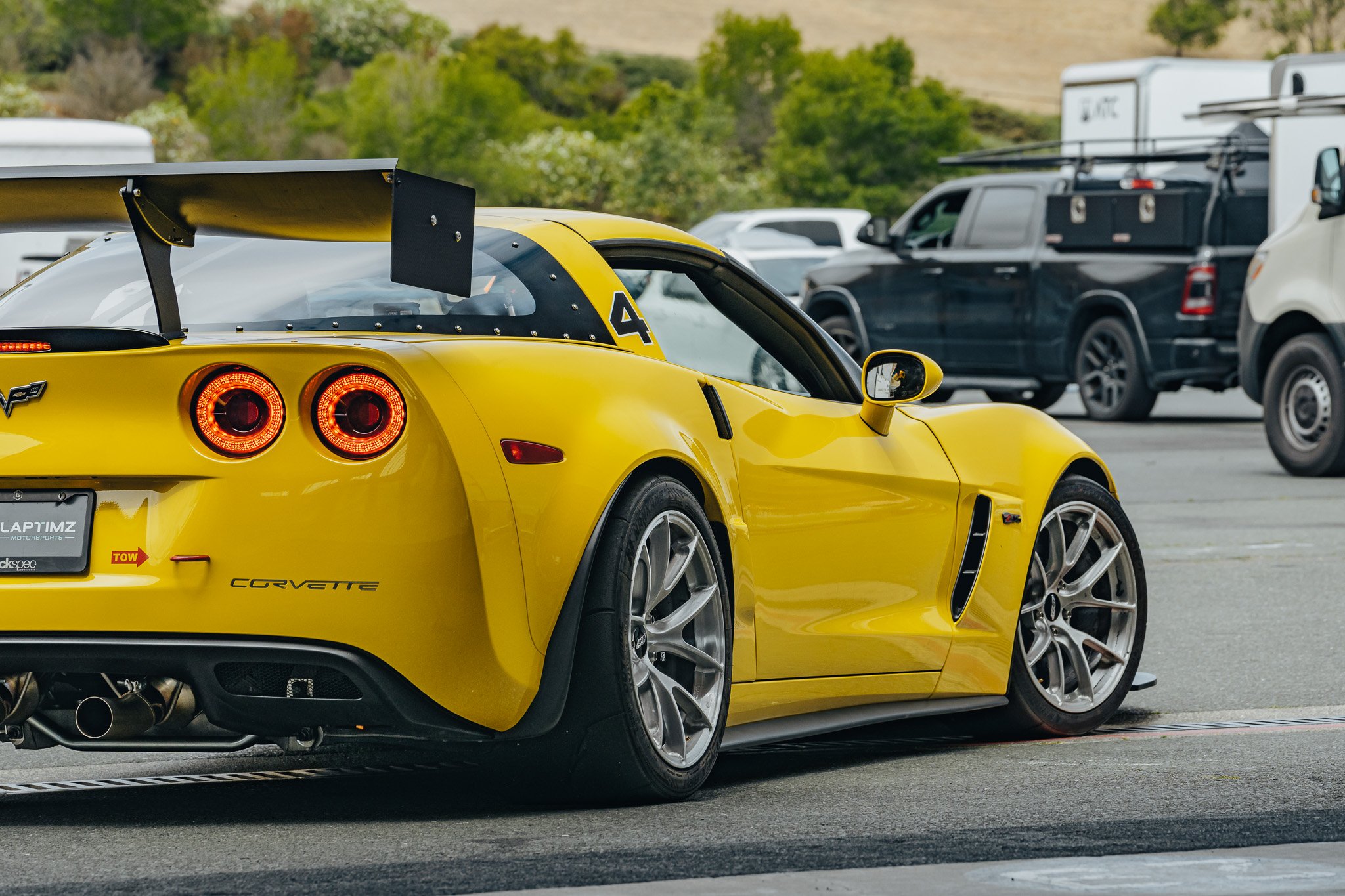
Matt Paige's C6 Z06: The Track Rat’s Idea of a Hybrid
Rather than chase big power, Matt Paige made the necessary adjustments to this cost-no-object Corvette track car to make it reliable, approachable, and sexy.
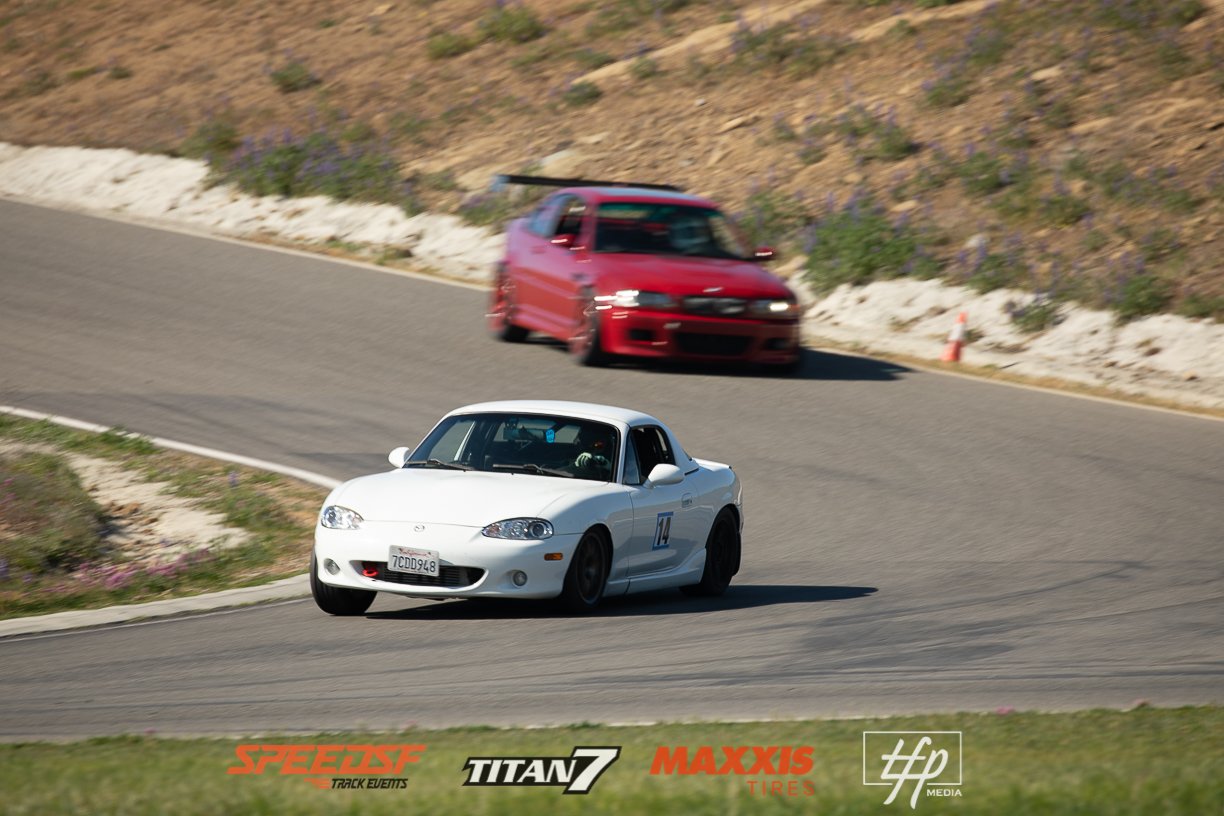
Sam's Semi-OE Turbo Miata: Taking Advantage of Pre-COVID Pricing
After growing tired of his tuned Abarth, Sam scoped out a lighter, rawer, and more involving car. However, he’d grown accustomed to turbo power, so whatever he ended up buying couldn’t be anemic. Fortunately, his friend was looking to sell an NB with the whole Mazdaspeed powertrain already swapped.
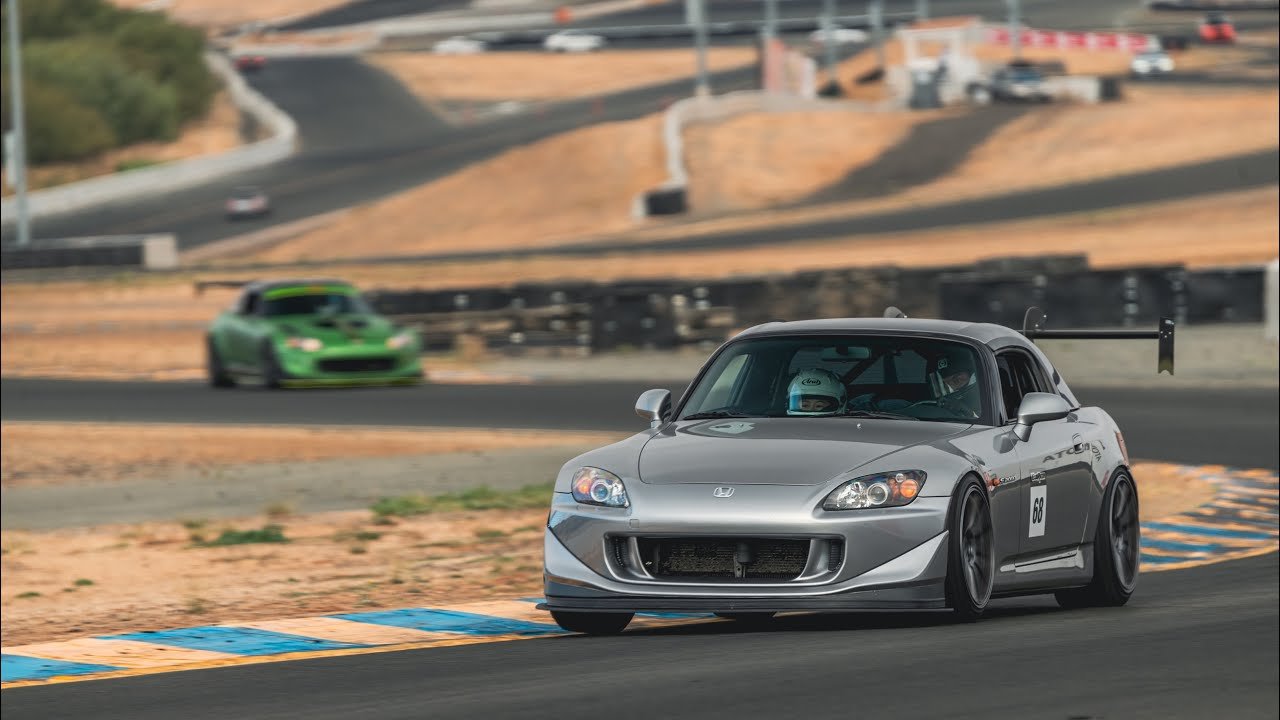
Sean's S2000: Happy To Take The Abuse
After jumping from Spec Miata to a Lotus Exige, Sean learned that his happiness had more to do with time spent at full throttle than outright speed. Not to say his Exige’s successor is slow, but his S2000 is a car which doesn’t have the same sort of technical limitations that kept him from pushing it as hard as he would’ve like to.

Peter Phung's Widebody M3: Wide and Wonderful
Designed to be seriously quick and sexy, Peter Phung put a lot of blood, sweat, and tears into building this no-stone-unturned E46. With 360 horsepower, amazing livery, and a GTR-inspired fiberglass bodykit, it’s a step above your typical M3 track toy.
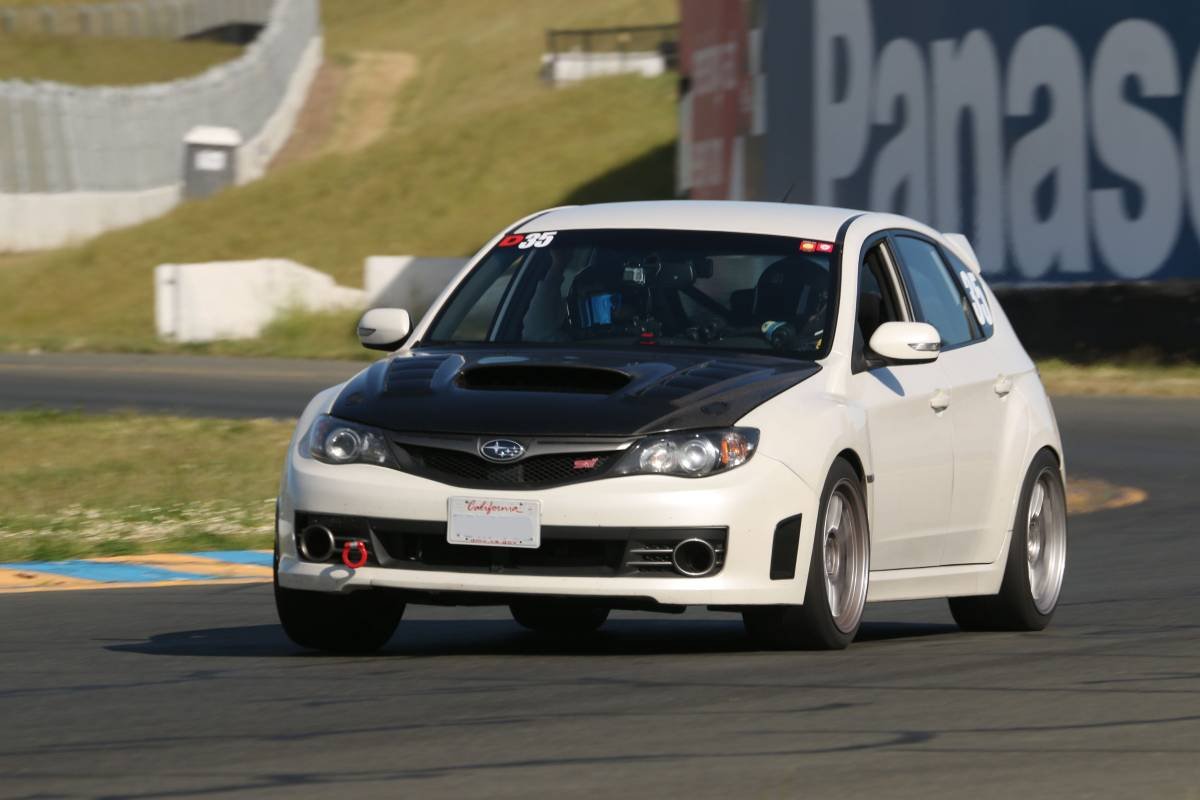
Simon's STI Wagon: Many Mods Spoil The Subaru
The temperamental EJ257 has taught Simon quite a lot about to the lengths one should go when building a track car. As he’s learned through five engines and a lot of trial and error, the third-generation wagon’s best asset is not its motor.

Jeff Tam's E46 M3: Never Compromise Too Much
Frustrated by the wheelhop of his VW GTI, Jeff decided to pick up a rear-wheel drive. Split between an S2000 and the C6 Z06, he pondered the right course of action before settling on the middle path. His E46 M3 received its fair share of suspension modifications off the bat, and now its handling matches its playfulness.

Ed Susman's 718 Cayman: Proving the Four-Cylinder's Potential
After years of tuning flat-fours in Subarus, Ed Susman realized he might have a new audience if he learned to tune the new Porsche Cayman with that engine configuration. As he learned, it didn’t take much to make this 2.5-liter engine seriously powerful.

Speed SF's Inaugural Night Event A Great Success
After protracted negotiations with the county, we were able to host the first nighttime track event in Northern California. For all involved, this was a totally new experience that had our veterans re-learning a track they thought they knew inside and out.

Kevin Schweigert's GR86: Back to Basics
After several unfulfilling years spent chasing big power, Kevin’s realized that the quality he most appreciates in a sports car is its incisiveness and communication. After a return to a simple, agile GR86, he found that thrill that got him obsessed with trackday driving in the first place.

Showdown at Sonoma: Battle Between the Fastest Stateside A90 Supras
Jackie Ding and Will Kwok have both gone quite far in tuning their A90s—further than any others on American soil. With Gary Wong piloting Will’s machine, these two drivers demonstrate where variations in tuning are felt most around Sonoma Raceway.
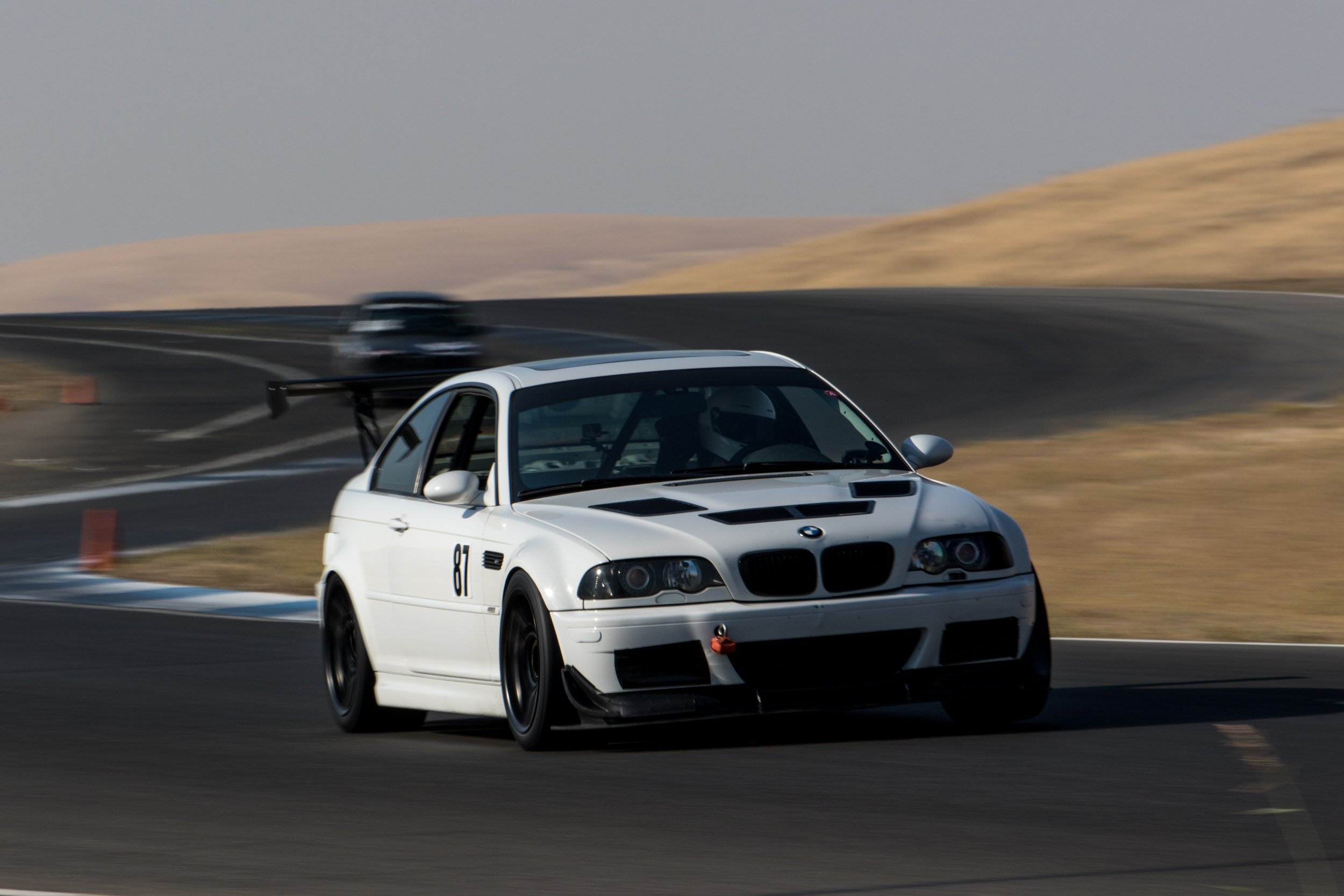
Dan Avon's E46 M3: A Study in Taking Things Slowly
Done slowly, done carefully, done right. Dan Avon’s showed us how to take a mild M3 and make it far more than the sum of its parts.
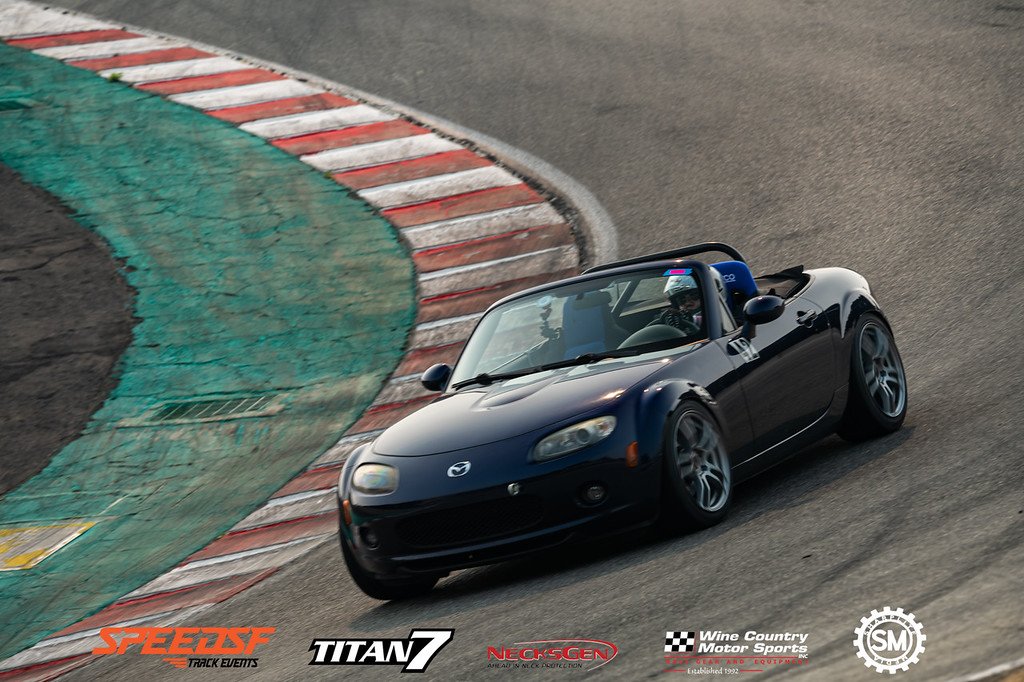
A Letter to Our Open-Top Drivers: Is a Rollbar Necessary?
Though not every factory convertible requires additional roll protection to run a lapping event, there are some that do. In either event, the addition of the right rollbar has a few performance gains that the daring driver will appreciate.

Seigo Ma's S2000: Grip and Reassurance
Aiming for a place at the sharp end of S3, Seigo Ma turned this S2000 into a predictable, reassuring machine he could lean on without fear. With a lot of aero grip, the S2000 is sticky enough to chase down cars twice as grunty.

Justin Moore's STI: Freed From Autocrossing's Shackles
After years spent trying to get this Subaru to conform to SCCA F-Production, he decided to go for broke and build this machine for unrestricted time attack. As he’s admitted, he’s happy to have gone off the deep end.

Frank's Camaro 1LE: Simple, Stout, and Swift
After Frank Pacheco tried the wrong approach to tuning track cars, he took a step backwards with this meat-and-potatoes machine and learned how to properly corner.
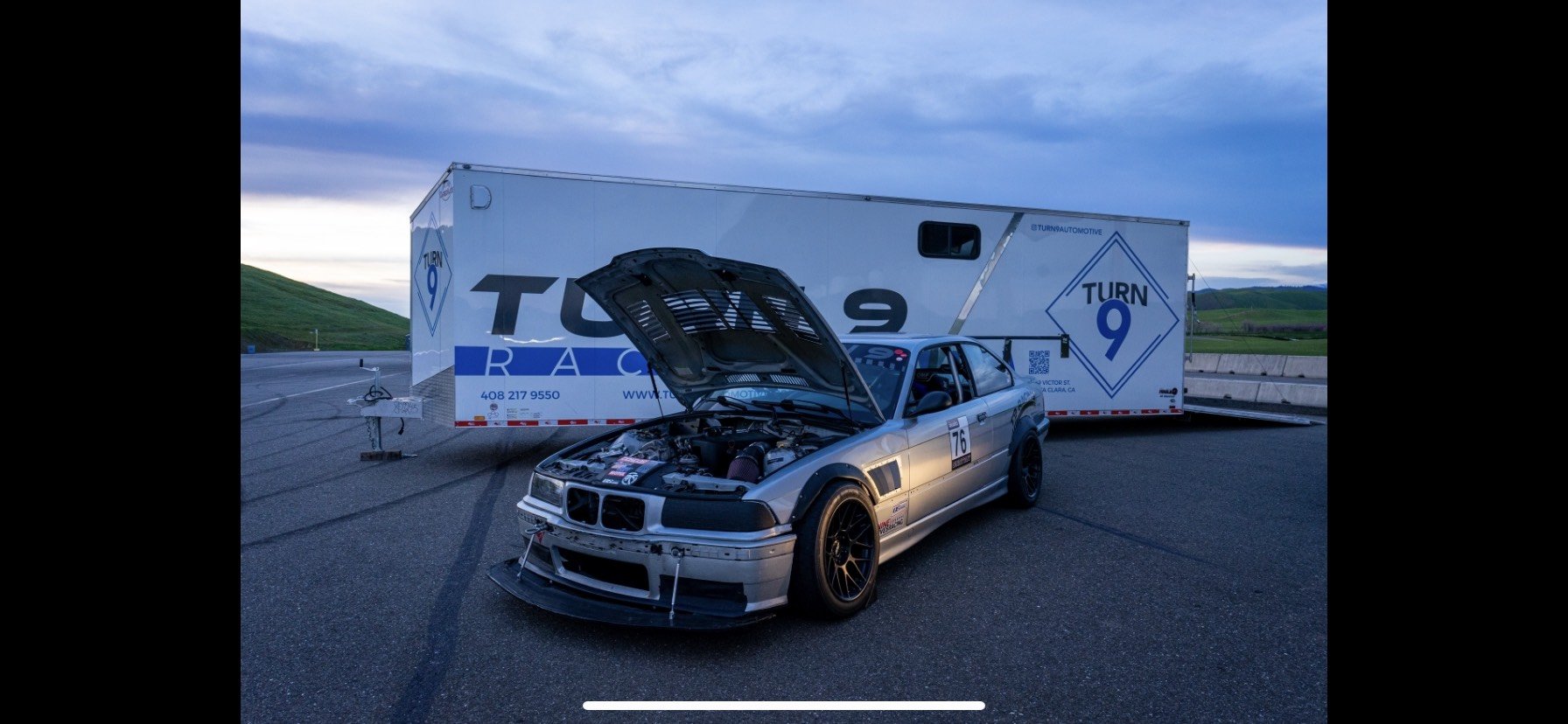
Maxwell Lisovsky's E36: Breaking Records, Not Banks
Proving you don’t need to spend big coin to go fast, Maxwell Lis took a difficult path to turn this bare-bones 328i into a rough rocket that regularly laps Thunderhill West in the 1:19s.

Gordon Peng's E46 M3: Taking the Road More Traveled
After two idealistic builds with cars that had their fair share of problems, Gordon Peng decided to try the tried-and-true E46 M3: a car with a vast aftermarket and guaranteed performance at a reasonable price.

Michael Baxi's Supra: No Limitations
After struggling with the limitations of an FK8, Michael made the leap and used his no-stone-unturned approach with a challenging new platform.
